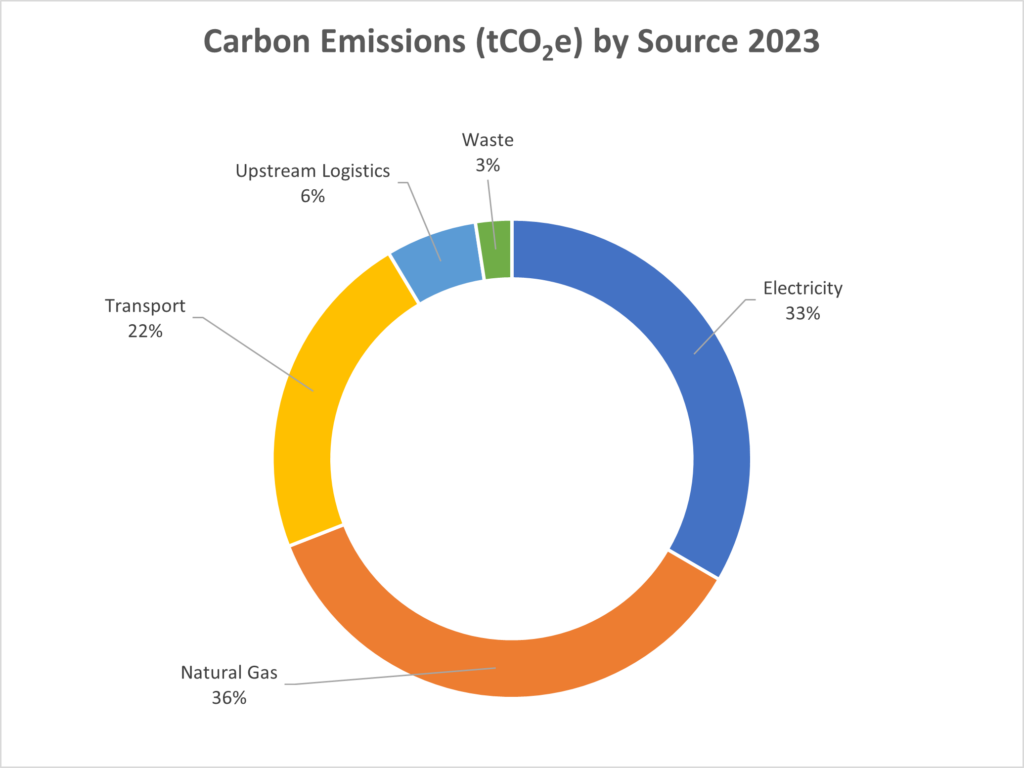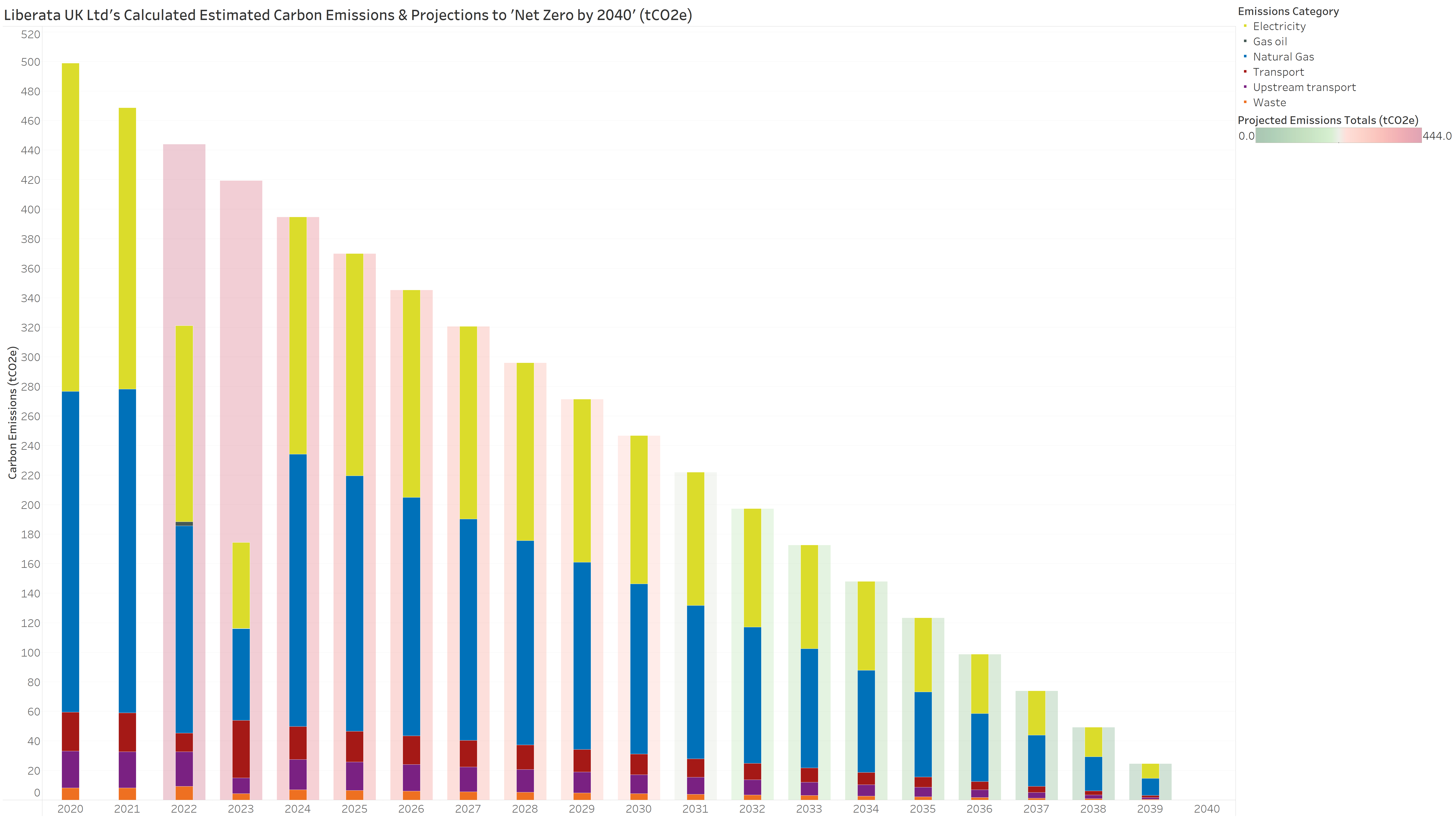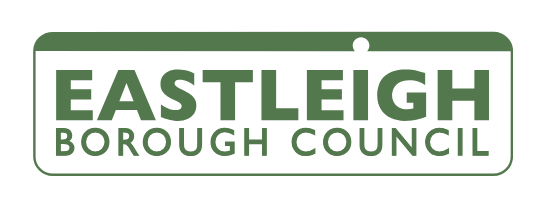Carbon Reductions Plan – Liberata UK Limited – July 2024
Commitment to Achieving Net Zero
Liberata UK Limited is committed to achieving Net Zero emissions by 2040.
Baseline Emissions Footprint
Baseline emissions are a record of the greenhouse gases that have been produced in the past and were produced prior to the introduction of any strategies to reduce emissions. Baseline emissions are the reference point against which emissions reduction can be measured.
Baseline Year 2020
Additional Details relating to the Baseline Emissions calculations.
The Baseline carbon footprint has been calculated using the energy consumptions and emissions from the sources included in supplier’s SECR report for year ending December 2020. Those Scope 1, 2 and 3 emissions required in addition by the Carbon Reduction Plan Guidance were then calculated and added to the SECR totals.
The year 2020 is the earliest period for which reliable collated data are available but comprises a period when company operations were untypically constrained, by Covid-related influences, and as a result, the baseline carbon footprint is also untypically low. While the supplier remains committed to achieving Net Zero by the stated date, it is likely that progress toward that target may, initially at least, be hesitant. If, and when, operations return to more normal levels, the supplier may adopt a more typical period to calculate a revised baseline and target progress trajectory against which to report progress.
Baseline year emissions: Creation of an initial baseline.
EMISSIONS
Scope 1
Scope 2
Scope 3
Total Emissions
TOTAL (tCO2e)
221.12
222.31
74.65
518.08
Current Emissions Reporting
Reporting Year: 2023
EMISSIONS
Scope 1
Scope 2
Scope 3
Total Emissions
TOTAL (tCO2e)
63.75
53.60
57.02
174.37 (-66.3% compared to the baseline)
Year-on-Year Comparison of Emissions by Source
The figures below illustrate the relative percentages of total emissions by source for the current reporting year compared to those for the baseline year (2020) and help to illustrate which sources represent the greatest changes in emissions when compared to the baseline year.
Note that the calculations for each year, incorporate a significant proportion of estimated data. Although these estimations are considered acceptably robust for the present purpose, it is to be hoped that improved data acquisition procedures will improve the accuracy of the calculations in subsequent years.


Emissions Reduction Targets
In order to continue our progress to achieving Net Zero, we have adopted the following carbon reduction target:
- Achieve a 100% reduction of direct carbon dioxide equivalent (CO2e) emissions by 2040.
We originally projected that carbon emissions will decrease to just under 179 tCO2e by 2033. However, at 174 tCO2e, in 2023, this is a reduction of 66.3% compared to the 2020 baseline.
Progress against these targets can be seen in the graph below. The graph shows a stacked bar graph distribution for the emissions from the baseline year, 2020, to 2040. However, it also shows a faded bar graph series in the background with hues of red (higher carbon emissions) to green (lower carbon emissions) representing the total emissions that have been projected for each year.
As can be seen between 2024 to 2040, the stacked distribution and total projected emissions are at the same level. However, for this current reporting year, 2023, there is a stark difference between the stacked total calculated (174.36 tCO2e) and the projected total in the background (419.4 tCO2e) illustrating current progress against the target for the year.
Progress against these targets can be seen in the graph below:

Carbon Reduction Projects
Complete carbon reduction initiatives
The following environmental management measures and projects have been completed or implemented since the 2020 baseline:
- Office Lighting – Automatic movement sensor lighting installed.
- Use of office electrical equipment e.g., copiers, printers PCs, kitchen equipment – Employee awareness of personal control measures. Copiers/printers automatically go into sleep mode when not in use. Other office equipment switched off after use.
- Hot water – Use of energy efficient water heaters in kitchens (point-of-use boiler). Regularly serviced and descaled. Regular weekly monitoring.
- Air Conditioning – Regular servicing and maintenance of the air conditioning. Local control of BMS system per floor to optimise efficiency.
- Working towards ISO 14001
- Electric and Hybrid Vehicles – Increased use of electric / hybrid vehicle options.
- Travel Mileage Reduction – Further adoption of webinars and virtual meetings to reduce travel.
- Awareness-raising – Environmental awareness training is being delivered.
It is worth highlighting that the reduction attributable to the implementation of these measures may not necessarily have been the most visible and fully reflected in a year-on-year comparison, since the baseline reporting period (2020) corresponds to a period when company operations were temporarily constrained (due to the implications of the Coronavirus pandemic on ‘business as usual’).
Nevertheless, the measures will continue to remain in effect when performing the contract and the savings should become apparent if and when a baseline is adopted which represents a more typical operating period – but as can be seen in the preceding section, there has been a significant reduction in this most recent reporting period compared to the 2020 baseline.
Pending carbon reduction initiatives
In the future we hope to implement further measures such as:
- Full implementation of ISO 14001
- Procurement of energy supplies from renewable sources
- Decarbonisation of heating systems
- Increased reuse and recycling of consumables.
- Increased co-location of data services to low carbon centres
- Acting on our ESOS audit recommendations
- Electric Vehicle (EV) and Hybrid Car Salary Sacrifice Scheme
- Cycle to work scheme
Declaration and Sign Off
This Carbon Reduction Plan has been completed in accordance with PPN 06/21 and associated guidance and reporting standard for Carbon Reduction Plans.
Emissions have been reported and recorded in accordance with the published reporting standard for Carbon Reduction Plans and the GHG Reporting Protocol corporate standard and uses the appropriate Government emission conversion factors for greenhouse gas company reporting.
Scope 1 and Scope 2 emissions have been reported in accordance with SECR requirements, and the required subset of Scope 3 emissions have been reported in accordance with the published reporting standard for Carbon Reduction Plans and the Corporate Value Chain (Scope 3) Standard.
This Carbon Reduction Plan has been reviewed and signed off by the Board of Directors of Liberata UK Limited.
Signed:
Charles Bruin, CEO
July 2024






